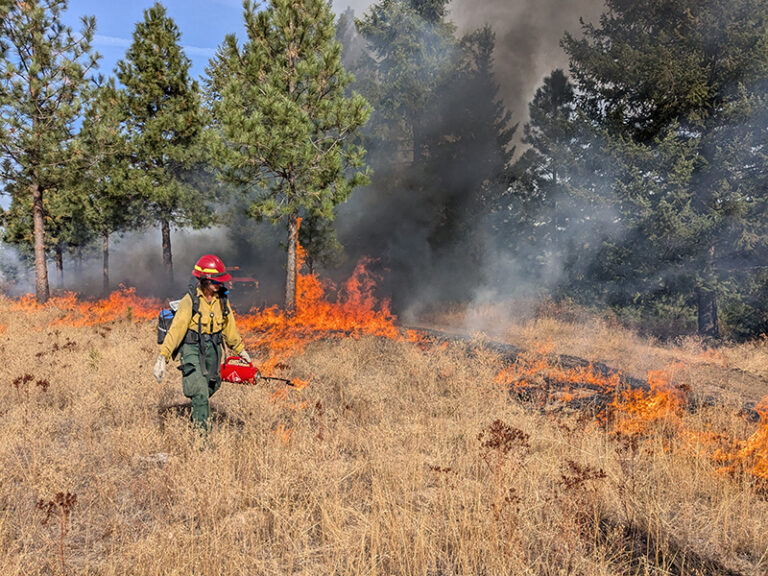As the Inland Northwest heats up for the summer, many people find themselves reaching more frequently for their water bottles. As we look toward maintaining high performance and enjoyment of outdoor activities in the summer heat, we need to be consistently aware of our hydration levels, particularly as our normal body functions result in the loss of a portion of the 50-70% of our body weight that is made up of water each day, most noticeable through sweating.
Proper hydration can be estimated by paying attention to these three things: urine output, thirst and body weight. Proper hydration can be identified by regular, clear or light yellow urine. Infrequent urination with dark colored urine and a strong odor can be an indicator of dehydration. Since thirst will present after the body is already in a dehydrated state, it is best to hydrate prior to feeling thirst. Significant weight loss after strenuous activity can also be an indication of dehydration, while weight gain could mean you’re over-hydrated (hyponatremia). One or more of these indicators could mean you’re dehydrated or experiencing hyponatremia.
Signs of Dehydration
During high levels of exertion in warm environments, individuals can lose up to two liters of water per hour. Although most of us will lose less water than that per hour, we still can easily lose water faster than we are able to rehydrate since our absorption rate is about .5 liters per hour. As the body becomes dehydrated, symptoms will start with increasing thirst, then increase to include fatigue, headache, nausea and decreased athletic performance. As dehydration increases, people experience dizziness and a decreased ability to sweat. If dehydration becomes profound, a person can go into shock.
Over Hydration (Hyponatremia)
People who are active in the summertime heat can also find themselves sweating excessively and drinking more water than the body can process, which can result in a decreased sodium (salt) level in the body and a condition called hyponatremia. Hyponatremia can also occur from attempting to drink too much water in anticipation of high levels of activity or heat. As a person loses salt through sweat or decreases the balance of salt from over-hydration, symptoms begin to present that are similar to dehydration. Fatigue and headache can be early indicators followed by muscle cramps. Increase in urine output (often clear) can also occur. In the extreme cases people experience personality changes and loss of consciousness.
Maintaining the Right Hydration Balance
The key to avoiding dehydration is to hydrate appropriately prior to the start of any activity. To avoid water issues on upcoming adventures, plan on drinking consistently, but not excessively. Aim for consuming .25-.5 liters per hour. To avoid hyponatremia during high output activities, consider adding an electrolyte product to plain water, but watch out for highly sugared electrolyte mixes that might be more akin to drinking a candy bar. If drinking plain water, plan to include small, frequent snacks that include sodium.
Treatment Options
If symptoms of a hydration-related illness occur, proper treatment will start with understanding the history of food and water intake of the person affected. For a person with symptoms and a history of limited water intake, physical activity should be decreased and fluids encouraged at a rate of .5 liters per hour. If the affected person has a history of prolonged exertion and has been drinking plain water, consider hyponatremia and treat by discontinuing water consumption and slowly increasing the person’s sodium intake.
Written by Jason Luthy













